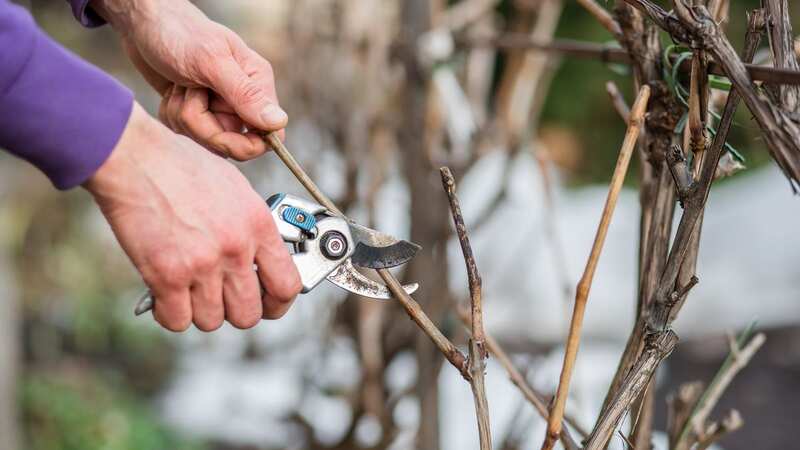Simple method for pruning roses in November can ‘prevent diseases’
All green-fingered folk know that pruning is essential for building a healthy and beautiful landscape, but with around 320,000 known species of plants, it can be difficult to know when’s best to spruce up your garden.
If you’re fortunate enough to have trees, shrubs, and perennials on your doorstep, you’ll know they can produce more blooms and stronger growth when you prune them at certain times of the year. While it may seem strange to pull out the trusty shears in November, one garden expert has said this is essential if you want plentiful blossoms in Spring.
Hannah Rowson, Assistant Manager at Parkers Garden Centre Mottram, took to social media to enlighten followers about the best time to prune roses and the most effective method to use to "prevent diseases". Speaking on the J. Parker’s TikTok page, she said: "Usually prune them between November and late February, maybe March. Just when it’s dormant and before it grows any new buds."
How to prune roses
When it comes to technique, Hannah says the centre of the roses should be "as open as possible". This is to allow good air flow into the plant, which will help to keep diseases at bay. She added: "The first thing to assess is whether there are any dead branches, any diseased branches or any damaged ones, and remove these straight away. This will prevent further die back."
According to Treloar Roses, die back is described as the blackening of the tip of the rose stem which then travels down toward the graft. This can be caused by the plant not receiving enough water, or by acidic soil or fertiliser used at the time of planting. The gardening site explains that roses need a pH level of around 6.5, but if too low any new root development will burn off.
 Gardening expert shares exact date when you should cut grass after winter
Gardening expert shares exact date when you should cut grass after winter
It’s also important to look out for any crossing or rubbing branches, because these may become damaged as they grow later on, highlighted Hannah. In the video, the expert showed an example of a "good healthy stem" which had to be clipped because it was crossing another one.
The Garden Continuum added that wind can cause the thorns to rub against adjacent canes. Wind damage can also strike during the main growing season when bloom-heavy branches snap during stormy weather. When pruning the main branches, Hannah says it’s best to "cut to an outside facing bud because that will encourage the open centre".
She added: "The best thing to do is to get a sharp clean pair of secateurs and prune it at a 45 degree angle, away from the bud." Hannah then demonstrated this trimming, which left her with a slope shape on top of the branch that faces away from the bud. “That means when it rains, water will drain away from the new bud and it won’t rot off,” she concluded.
Garden Design suggests pruning roses by cutting between a quarter and a half above an outward-facing bud eye - which is a small bump found where a leaf would meet the stem. The new stems grow in the direction of the bud, and the goal is to encourage them to grow outward, not inward, writes the gardening site.
Read more similar news:
Comments:
comments powered by Disqus


































